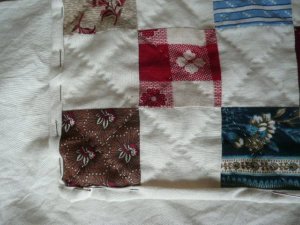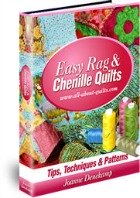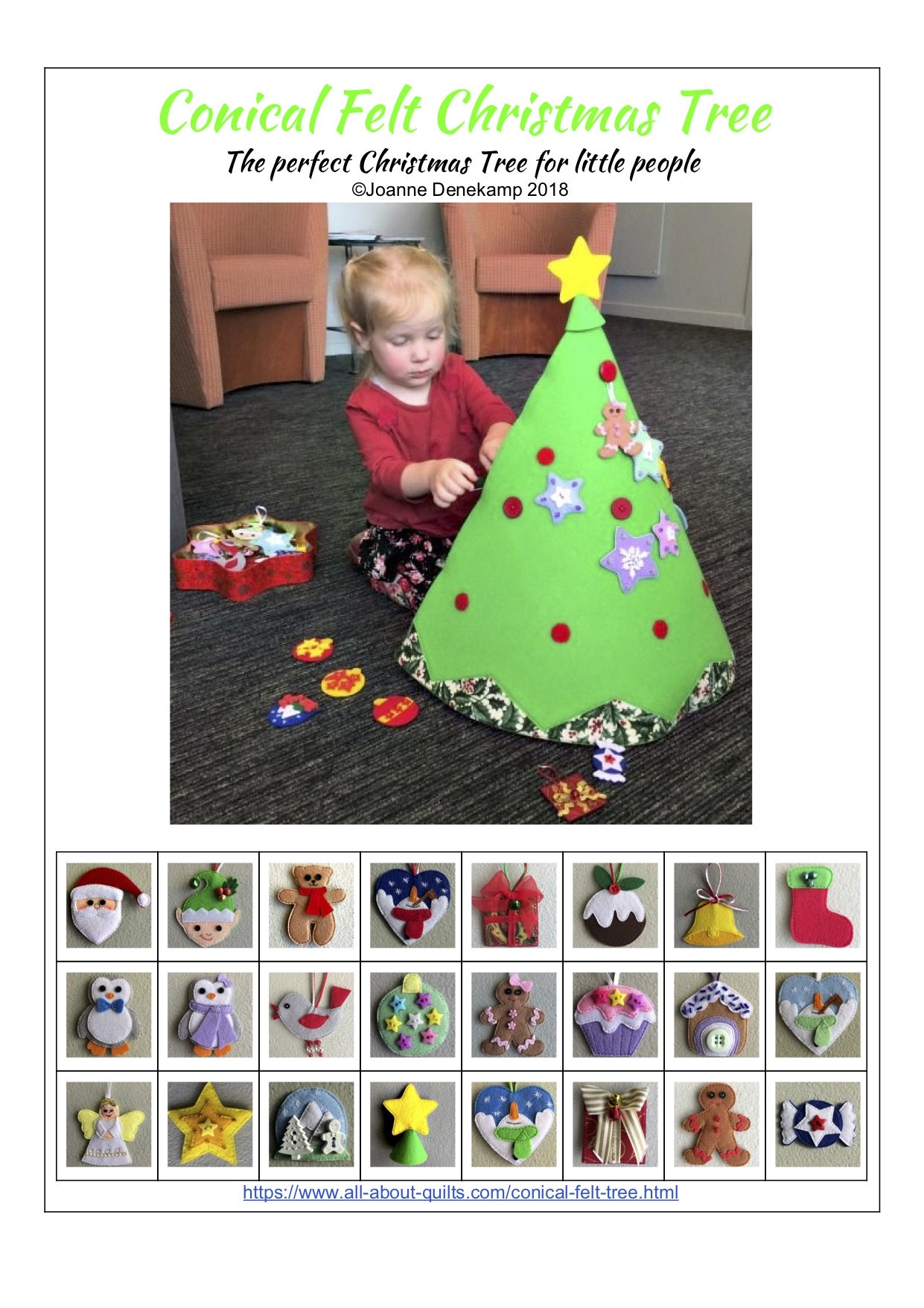- Home
- Binding
Quilt Binding Explained
Quilt binding is now ready to be added to your quilt. This is the method used to hide all the raw edges of your quilt. There's choices to be made here because there is more than one way to edging a quilt.
When selecting a binding quilt method consider how the quilt is going to be used. A wall quilt wont get the same level of wear as a bed or lap quilt so most wall quilts have a single-fold binding. Double-fold bindings are more hard wearing so lend themselves to quilts that are going to get a lot of use. Some people like to fold the extra backing fabric over the quilt edges and slip stitch it in place as can be seen in Sergeant Fords Quilt. This method is not hard wearing as it is only a single fold binding and history shows us that it is the edges of quilts that wear out first.
 |
Sergeant Fords Quilt showing the backing fabric being used as a binding, it has been folded over to cover all the raw edges and pinned ready for hand stitching. |
Preparing your Quilt for Binding
Before adding your binding you need to prepare your quilt. This is very
important as the more care taken here, the better the quilt binding will
turn out.
Step 1
Check that your quilt lies flat and that the corners are at 90 degrees. If they are not then trim them using a ruler for accuracy. Also using your rotary cutter trim away any excess batting & backing fabric.
Step 2
Machine
sew around the edge of the whole quilt through all the layers
approximately 1/8" from the edge. (This seam will not show when your
quilt is finished as it will be hidden by the binding) This keeps all
the layers together especially if there is not much quilting near the
edges. It also helps prevent puckering or rippling of the edges.
Binding Options
There are a range of options to choose from when binding your quilt. You need to consider what finish you want to have. Some quilters like their quilts to have no binding showing, whereas others prefer to have ruffles. If you are making an art quilt then there are even more ways you can finish your quilt that enhance the artwork.
If you are going to use a traditional binding method then you need to decide whether you are going to use straight
binding strips
or use a
continuous binding.
Next you need to decide whether to use a double-fold binding or single-fold binding.
Other options are:
* Bindless or Pillowcase Binding
* Self Binding
* Prairie Points
* Ruffled Binding
When working on a quilt to submit into a competition you need to
take special care with your bindings. Judges pay close attention to
quilt bindings. For more detailed information about attaching a binding
visit
competition binding by Sharon Schamber.
- Home
- Binding



New! Comments
Have your say about what you just read! Leave me a comment in the box below.